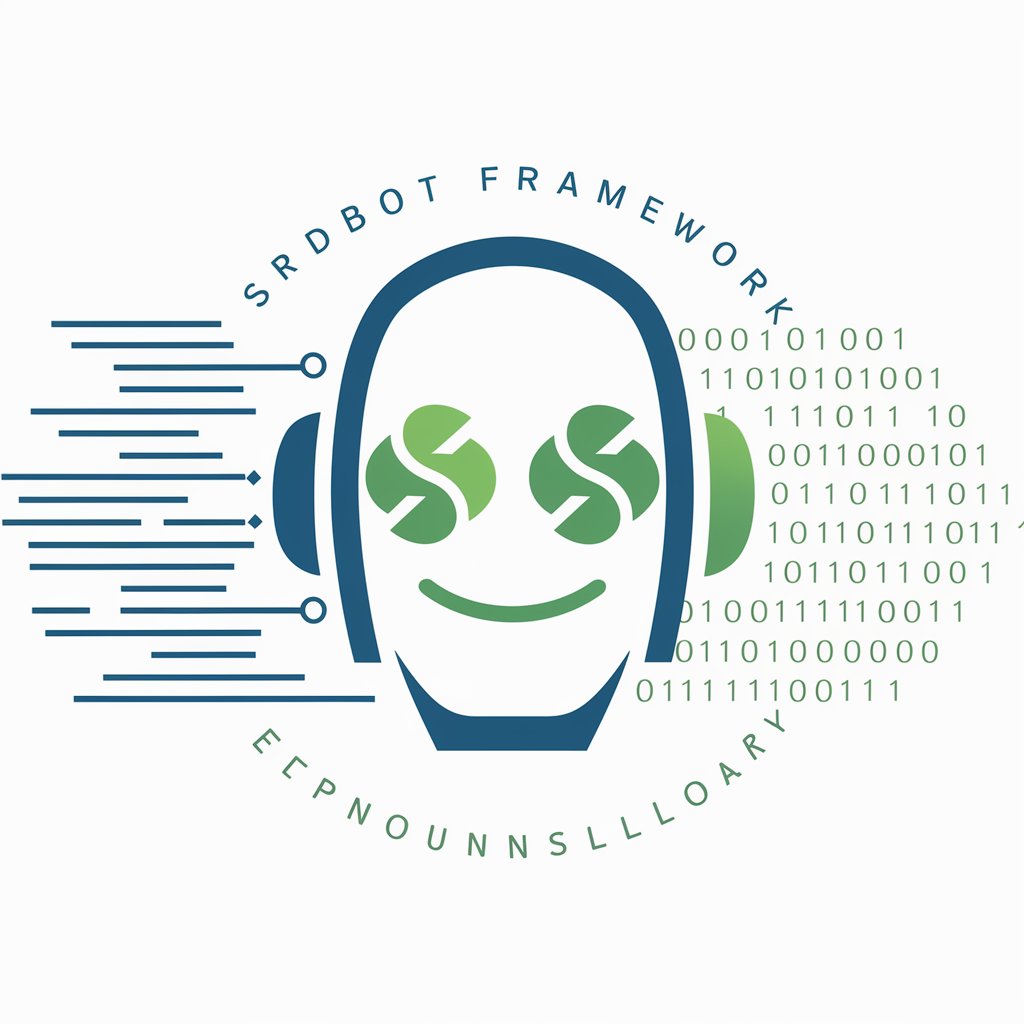
💻 Dynamic Typing with Groovy - Flexible Groovy Scripting

Welcome to mastering Groovy's dynamic typing with me!
Harness the power of AI-driven dynamic Groovy scripting.
How can I leverage Groovy's dynamic typing for more flexible code?
What are the best practices for mitigating runtime errors in Groovy?
Can you explain the use of the @TypeChecked annotation in Groovy?
What strategies can I use to debug dynamic Groovy code efficiently?
Get Embed Code
Dynamic Typing with Groovy: An Overview
Dynamic Typing with Groovy is designed to assist developers in mastering the dynamic typing features of Groovy, a powerful, optionally typed language that runs on the Java platform. This service focuses on the balance between the expressiveness of dynamic typing and the safety provided by static typing. Through examples and scenarios, users learn about Groovy's runtime type checking, the use of `@TypeChecked` annotation for stricter type checking, type coercion, and dynamic method invocation. The purpose is to equip developers with the knowledge to write more flexible and concise code while mitigating the potential risks associated with dynamic typing, such as runtime errors. Powered by ChatGPT-4o。

Key Functions of Dynamic Typing with Groovy
Runtime Type Checking
Example
def add(a, b) { a + b }
Scenario
A developer can use this feature to perform operations without specifying types, allowing for more flexible and concise code. The runtime will determine the types of `a` and `b` at execution.
@TypeChecked Annotation
Example
@groovy.transform.TypeChecked def safeAdd(a, b) { a + b }
Scenario
This function is crucial for projects requiring a stricter type checking to catch potential errors at compile time rather than runtime, enhancing code reliability.
Type Coercion
Example
int result = '100' as int
Scenario
Enables developers to convert types implicitly, facilitating operations between different types and simplifying code by avoiding explicit type conversion.
Dynamic Method Invocation
Example
def example = new Expando() example.dynamicMethod = { 'Hello, Dynamic World!' } println example.dynamicMethod()
Scenario
Useful for scenarios where methods or properties may not be known at compile time, allowing for highly flexible and adaptable code structures.
Ideal Users of Dynamic Typing with Groovy Services
Java Developers Exploring Groovy
This group benefits from learning how to leverage Groovy's dynamic typing alongside their existing Java skills, allowing for more expressive coding patterns and easier scripting capabilities.
Dynamic Language Enthusiasts
Developers who prefer the flexibility and brevity of dynamically typed languages like Python or Ruby will find Groovy's dynamic features appealing for rapid development while accessing the robust Java ecosystem.
Software Architects
Architects looking to design systems with a mix of static and dynamic typing will benefit from understanding how to apply Groovy's dynamic features for flexibility without sacrificing the safety of static typing.
Test Automation Engineers
Engineers who write automated tests can use Groovy's dynamic typing to write concise test scripts, especially when using testing frameworks like Spock that are built on top of Groovy.

How to Use Dynamic Typing with Groovy
Start Your Journey
For a hassle-free exploration of Dynamic Typing with Groovy, embark on a trial at yeschat.ai, where you can dive in without any signup or need for a ChatGPT Plus subscription.
Understand Groovy Basics
Familiarize yourself with Groovy's syntax and foundational concepts, focusing on its dynamic typing capabilities to leverage the language's flexibility and power.
Experiment with Code
Utilize online Groovy editors or your local development environment to write and run Groovy scripts, experimenting with dynamic typing features such as type coercion and dynamic method invocation.
Apply Annotations
Learn to use annotations like `@TypeChecked` to balance dynamic typing's flexibility with static type safety, enhancing reliability and maintainability of your code.
Engage in Community
Participate in Groovy communities and forums to exchange knowledge, get answers to your questions, and stay updated with best practices and new features.
Try other advanced and practical GPTs
Climate at the Dinner Table
Empowering climate conversations with AI

Streamer Assistant
Empowering streams with AI-driven advice

Python Data Wizardry with Pandas
Transform data into insights with AI-powered Pandas.

C# and AI: Crafting the Future of Intelligent Code
Empowering C# with AI Capabilities

Python Multiprocessing: Harness the CPU Power
Unlock parallel computing with AI

JavaScript Performance Tuning: Speed Up Your Code
Optimize JavaScript with AI-driven insights

With Prompt Generator
Enhance ChatGPT Responses with AI-Powered Prompt Assistance

Cloud Architect Guide
Empowering cloud architecture with AI

Spring Boot Cloud Architect
Architecting Cloud Solutions with AI

Proofreading Assistant GPT
Refine Your Writing with AI

reSEARCHER
Unlock insights with AI-powered semantic search

superOBSERVER
Empower Insights with AI-Powered Observation

Dynamic Typing with Groovy Q&A
What is dynamic typing in Groovy?
Dynamic typing in Groovy allows variables to change type at runtime, offering flexibility in how data types are handled and enabling more concise and expressive code.
How does `@TypeChecked` improve Groovy code?
The `@TypeChecked` annotation enforces compile-time type checking on dynamically typed Groovy code, reducing runtime errors by catching type mismatches early in the development cycle.
What are the benefits of dynamic method invocation?
Dynamic method invocation in Groovy enhances code flexibility and extensibility, allowing methods to be called on objects at runtime even if the method names are not known until execution.
Can Groovy's dynamic typing lead to performance issues?
While dynamic typing offers significant flexibility and productivity benefits, it can impact performance due to the overhead of runtime type resolution. However, judicious use and optimization techniques can mitigate these effects.
How can one debug dynamically typed Groovy code effectively?
Effective debugging of dynamically typed Groovy code involves thorough unit testing, using the Groovy Console for exploratory testing, and applying static type checking annotations to identify potential type-related issues early.





